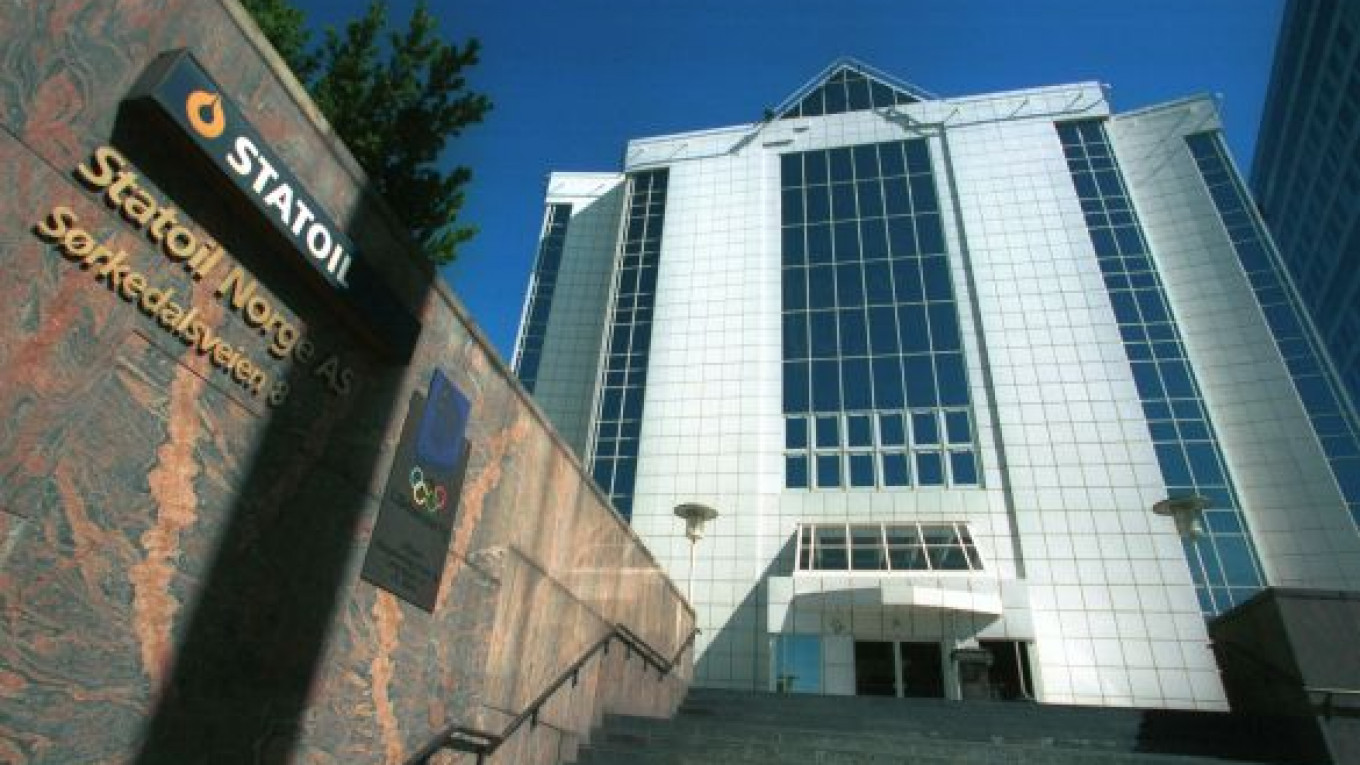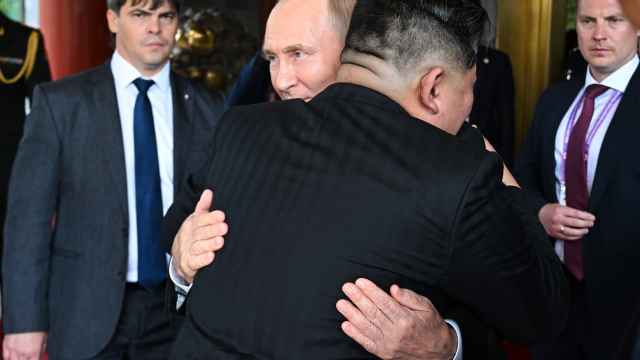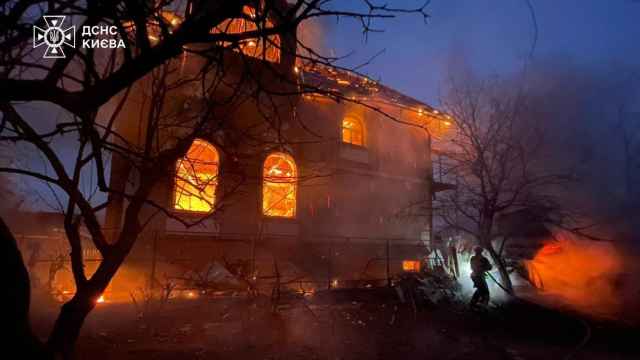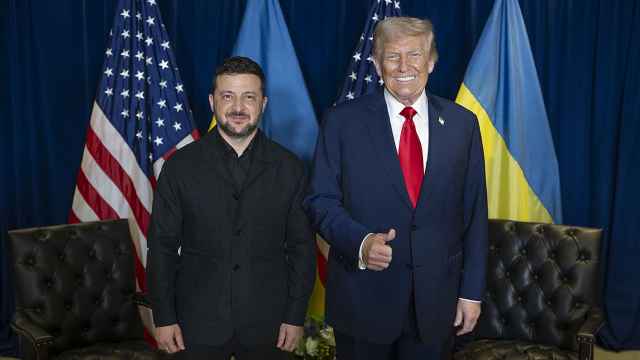OSLO — Norwegian oil firm Statoil stuck by its production forecast for 2012 after first-quarter oil and gas output rose more than expected and said it was optimistic about a new tie-up with Rosneft to drill for oil in the Arctic.
Statoil sees its Arctic venture with Rosneft as a high-risk project, but also as one with high potential and in line with its international strategy, chief executive Helge Lund said.
"This is … in essence a deal that fits our exploration strategy like a glove," Lund told a news conference. "It is a high-risk [project] in terms of geology and technology, but the upside is big if we succeed."
The company announced the tie-up Saturday, in which Statoil will look for oil in Russian Arctic waters thought to contain 2 billion tons.
Lund said that, in Statoil's experience, there were always political risks involved when operating internationally but that Statoil was not a newcomer in Russia.
"The important thing for us is to acknowledge that the risk is there no matter where you operate and that you must do your best to mitigate it," he said. "We have been [in Russia] for a long time, so we know how to operate there," he added.
He also said a proposal from President Vladimir Putin's government, which outlined new rules for the development of offshore oil and gas resources and offering tax breaks, was a positive signal.
Statoil will be a minority partner with Rosneft in the Russian firm's latest venture, which is modeled on deals struck in the last month with U.S. oil major ExxonMobil and Italian oil firm Eni.
Statoil has had a string of "high-impact" oil and gas discoveries in the past two years, among these the Skrugard find in the Arctic.
The state-controlled group kept its production guidance for 2012, but also warned that there was a risk that output this year could fall short of expectations. Statoil has frequently set production targets that were revised months later.
"As the guiding goes, there is still a somewhat higher downside risk than on the upside," Lund said. "That is because we have taken out some capacity, and in addition, there have been some delays."
Output growth is expected to come from new projects in the period from 2014 to 2016, resulting in a growth rate of 2 percent to 3 percent for the period from 2012-16.
In the first quarter, Statoil reported a higher-than-expected increase in production from both offshore Norway, where it generated 80 percent of its quarterly profit, and internationally.
Oil and gas entitlement output in the first quarter rose to 1.97 million barrels of oil equivalent per day, or boed. Production was expected to rise to 1.88 million boed this quarter, compared with 1.77 million boed in the same quarter last year.
The firm's 2012 production targets imply an equity output of some 2 million boed, up about 3 percent compared to equity production in 2010.
The group's adjusted operating profit for the quarter rose to 59.2 billion crowns ($10.21 billion) — its highest-ever quarterly profit — compared with 47.2 billion crowns a year ago. Net profit fell 4 percent to 15.4 billion crowns in the quarter, hit by lower fair values on derivatives contracts and tax expenses.
A Message from The Moscow Times:
Dear readers,
We are facing unprecedented challenges. Russia's Prosecutor General's Office has designated The Moscow Times as an "undesirable" organization, criminalizing our work and putting our staff at risk of prosecution. This follows our earlier unjust labeling as a "foreign agent."
These actions are direct attempts to silence independent journalism in Russia. The authorities claim our work "discredits the decisions of the Russian leadership." We see things differently: we strive to provide accurate, unbiased reporting on Russia.
We, the journalists of The Moscow Times, refuse to be silenced. But to continue our work, we need your help.
Your support, no matter how small, makes a world of difference. If you can, please support us monthly starting from just $2. It's quick to set up, and every contribution makes a significant impact.
By supporting The Moscow Times, you're defending open, independent journalism in the face of repression. Thank you for standing with us.
Remind me later.






